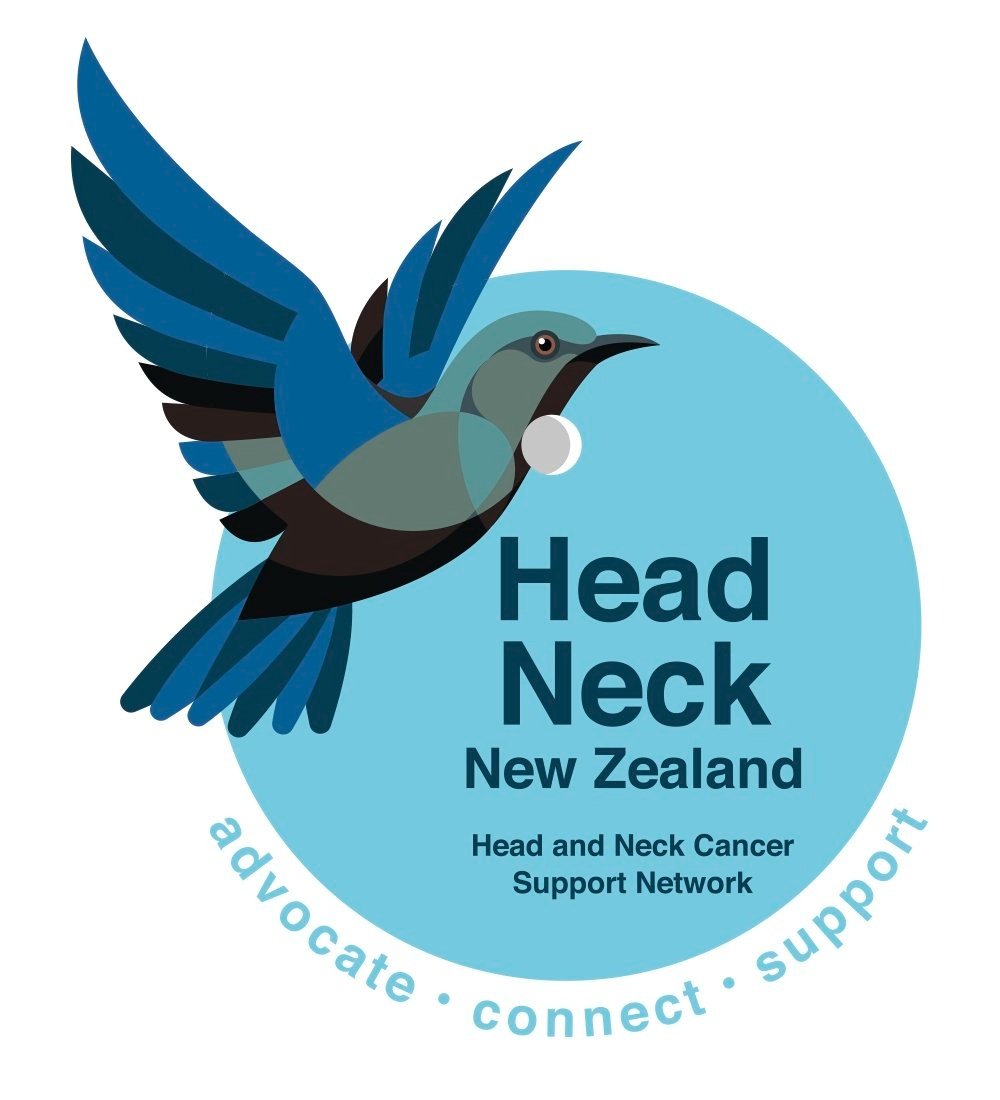In this part of our toolkit, we give you a basic understanding of the types and symptoms of head and neck cancer. Not all this information is relevant to your loved one, so feel free to scroll and find the part that is relevant to you and your loved one.
We know you want to Google. Let’s guide you to reliable online resources.
To start, here is a summary of head and neck cancers.
Head and neck cancers refer to a group of cancers that typically begin in the squamous cells lining the mucosal surfaces of the head and neck area.
Here are the common types of head and neck cancer and their associated symptoms.
1. Oral cavity cancer
Areas Affected: Lips, tongue, gums, inner lining of the cheeks, the floor of the mouth, hard palate, and area behind the wisdom teeth.
Symptoms:
Persistent sores or ulcers in the mouth that do not heal.
Red or white patches on the gums, tongue, or lining of the mouth.
Swelling or thickening of the lips or cheeks.
Unexplained bleeding or numbness in the mouth.
Difficulty chewing or swallowing.
2. Pharyngeal cancer (Throat cancer)
Areas Affected: Divided into three main parts:
Nasopharynx: Upper part behind the nose.
Oropharynx: Middle part, including tonsils and base of the tongue.
Hypopharynx: Lower part, just above the oesophagus and windpipe.
Symptoms:
Persistent sore throat or a feeling of something stuck in the throat.
Difficulty swallowing or painful swallowing.
Ear pain or ringing in the ears (particularly for oropharyngeal cancer).
Swelling or lumps in the neck.
Changes in voice, such as hoarseness.
3. Laryngeal cancer (Voice box cancer)
Areas Affected: Larynx, which houses the vocal cords.
Symptoms:
Hoarseness or changes in voice that persist.
Sore throat or cough that does not go away.
Difficulty breathing or noisy breathing.
Painful swallowing.
Ear pain.
4. Salivary gland cancer
Areas Affected: Major salivary glands located in front of the ears, under the chin, and under the tongue, as well as minor salivary glands in the mouth and throat.
Symptoms:
Swelling or a lump near the jaw, under the chin, or in the neck.
Numbness or weakness in part of the face.
Pain in the face, chin, or neck that does not go away.
Difficulty opening the mouth fully.
5. Nasal Cavity and Paranasal sinus cancer
Areas Affected: Nasal cavity (inside of the nose) and paranasal sinuses (air-filled spaces around the nose)
Symptoms:
Blocked sinuses that do not clear or are painful.
Nosebleeds.
Frequent headaches or pain around the nose and eyes.
Swelling or other issues affecting the eyes (e.g., bulging eyes, double vision).
Reduced sense of smell or taste.
6. HPV-related oropharyngeal cancer
Areas Affected: Commonly occurs in the tonsils and base of the tongue and is associated with Human Papillomavirus (HPV) infection.
Symptoms:
Persistent sore throat or ear pain.
Swelling or lumps in the neck.
Difficulty swallowing.
Unexplained weight loss
PLEASE NOTE: These symptoms may be caused by non-cancerous conditions.
It is essential for anyone experiencing persistent symptoms to seek medical evaluation for a proper diagnosis. Early detection and treatment are crucial for improving outcomes in head and neck cancers.
For a more detailed explanation, click the link below to the resources found at Head and Neck Cancer Australia.
Check ADDITIONAL RESOURCES for a link to the New Zealand Cancer Society handbook for Head and Neck Cancer.
“Cancer isn't what it was ten years ago.”
Diana Ayling - Chair Head and Neck Cancer Support Network Trust
-
The New Zealand Cancer Society Te Kāhui o Te Matepukupuku publishes a booklet on head and neck cancer. You can access it here. https://www.cancer.org.nz/cancer/types-of-cancer/head-and-neck-cancer/


